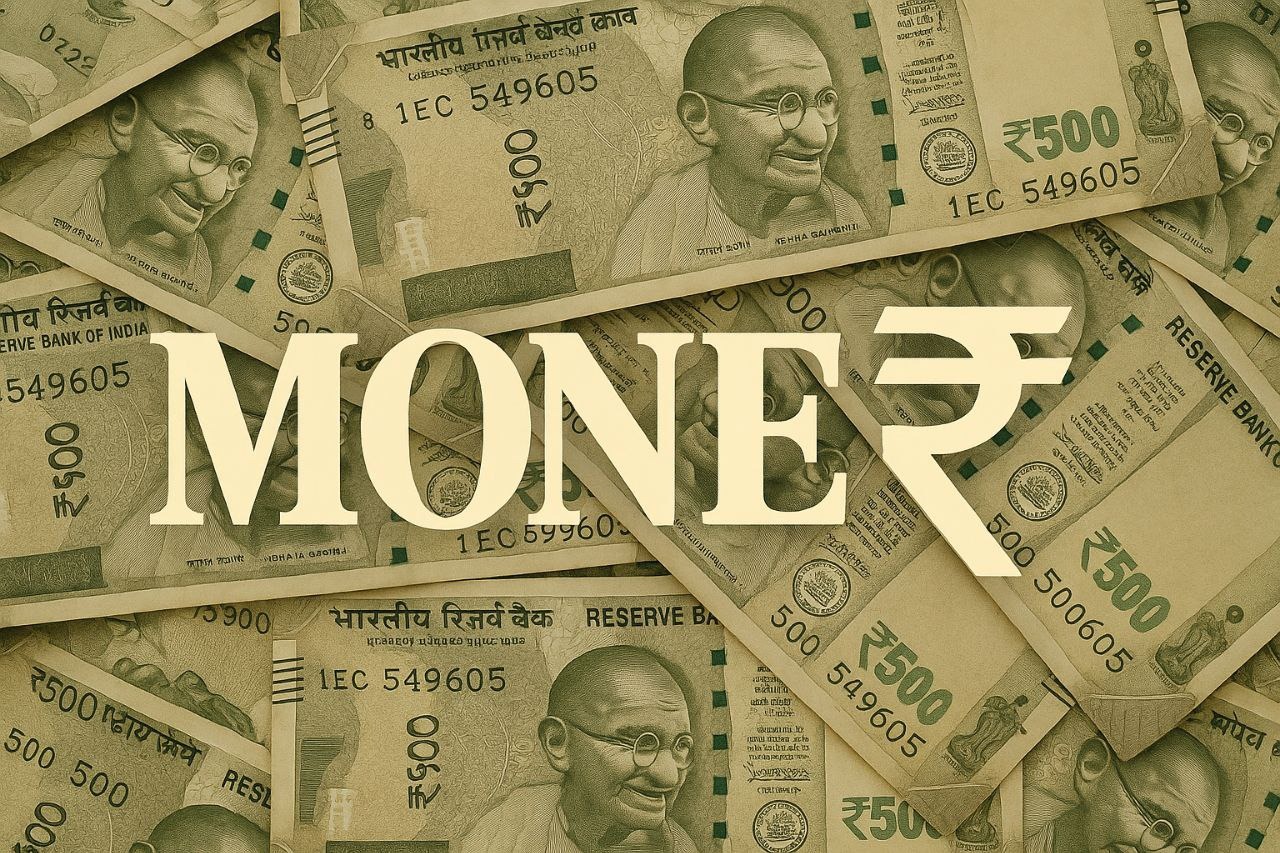Storm-Proofing Your Life: How Much Emergency Fund Does an Indian Family Really Need?

India’s economic landscape is an ever-changing mosaic, rising medical costs, unpredictable job markets, and inflation nipping at your wallet. In such chaos, the concept of an emergency fund becomes not just financial advice but a necessity for survival. Yet, a staggering 75% of Indians don’t have even a basic emergency fund, with nearly a third reporting that their salary runs out in just 15 days. So, how much is enough for your family?
“An emergency fund is the silent hero, never seen, but always saving the day when you need it most.” ~ Adarsh Singh
What Is an Emergency Fund?
An emergency fund is a dedicated reserve, easily accessible, designed solely for life’s financial curveballs, the unexpected hospitalization, the sudden layoff, the pressing car or home repairs. It’s not a vacation fund or a shopping cache; it’s your financial seatbelt.
“Your emergency fund is the bridge between fear and freedom. Build it brick by brick every month.” ~ Adarsh Singh
How Much Should an Indian Family Save?
The precise amount varies for each household, but here’s the rule of thumb:
Double-Income Family:
Save at least 6 months’ worth of essential expenses.
Single-Income Family:
Save up to 9 - 12 months’ worth, as your buffer needs to be longer.
Freelancers/Self-Employed:
Target at least 12 months due to income volatility.
Calculate Your Target Fund
List Unavoidable Monthly Expenses:
Include rent, EMIs, groceries, utilities, insurance premiums, children’s education, and transport. Exclude entertainment and luxuries.
Estimate Your Buffer:
Multiply your monthly essentials by the recommended months above.
Example:
Monthly expenses: ₹50,000
Double-income family: ₹50,000 × 6 = ₹3,00,000
Single-income family: ₹50,000 × 9 = ₹4,50,000
Special Considerations for Indian Families
Dependents:
If you support aging parents or young children, go toward the higher end.
Medical Inflation:
Healthcare costs are rising by 14% per year, add a buffer.
Job Security:
If your sector is volatile, aim for a bigger safety net.
“A well-built emergency fund is the purest investment in peace of mind.” ~ Adarsh Singh
How to Build Your Emergency Fund (Without Sacrificing Peace of Mind)
Start Small, Scale Up:
Even ₹2,000 set aside each month can snowball into a life-changing cushion over a couple of years.
Automate Your Savings:
Make your emergency fund a non-negotiable monthly “expense.” Use standing instructions or auto-debit.
Windfalls & Bonuses:
Direct unexpected cash inflows (like bonuses and tax refunds) straight to your emergency fund.
Separate the Fund:
Keep this money in a high-interest savings account or a liquid mutual fund, not your regular bank account, and definitely not where it’s easy to dip in for impulse buys.
Where Should You Park Your Emergency Fund?
High-Yield Savings Account:
Safe, instantly accessible; look for 2.5 - 4% interest rates.
Sweep-In Fixed Deposits:
Slightly higher interest, can be broken early if needed, with rates of 5 - 6.5%.
Liquid Mutual Funds:
Withdrawable in 1 - 2 days, returns of 4 - 7%, and suitable for a portion of your fund.
Short-Term Recurring Deposits:
Good for disciplined monthly savings.
Never invest your emergency fund in risky or illiquid assets like stocks, real estate, or long-term FDs.
“In India, true wealth is not just what you earn; it’s what you keep protected for a rainy day.” ~ Adarsh Singh
When (and When Not) to Use Your Emergency Fund
Use it for:
Sudden job loss
Medical emergencies
Major repairs or accidents
Never use it for:
Planned vacations
Shopping, festivals, or family celebrations
Down payments for assets
Investments
Before every withdrawal, ask: Is this truly an emergency or just an inconvenience?
Why Most Indians Miss Out… and How You Can Beat the Trend
Cultural Myths:
Many believe family or friends will always bail them out. In reality, financial independence means relying on your own preparation.
Overlooked by the Majority:
Three out of four Indians lack an emergency fund, risking loans or selling long-term investments at the worst times.
Debt Trap:
Without a fund, emergencies often lead to high-interest credit card debt and a cycle that’s hard to escape.
Steps to Start Today
Assess your monthly essentials.
Set a realistic target, aim for at least 6 - 9 months of expenses.
Open a dedicated emergency account or choose a liquid fund.
Automate and forget, let your fund grow quietly, month after month.
“The best time to build an emergency fund was yesterday. The second-best time is now. Secure your family, secure your dreams.” ~ Adarsh Singh
Take action today, because the real emergency is waiting for one to strike without a plan!
Fri Aug 1, 2025
